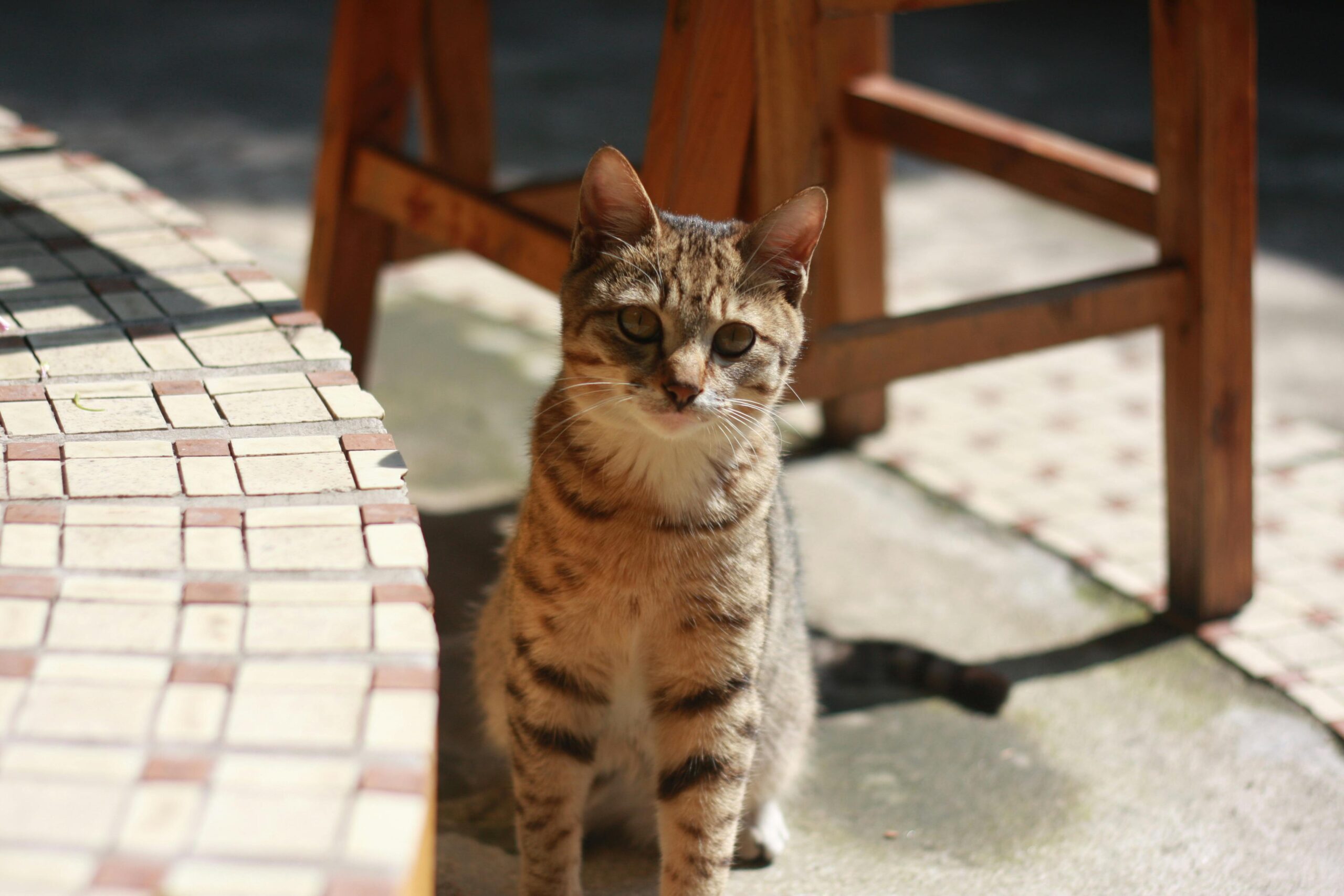Creating a dedicated outdoor space for your feline friend combines the best of both worlds – allowing them to enjoy fresh air and stimulation while keeping them safe from predators, traffic, and other outdoor hazards. A catio (cat patio) is the perfect solution for indoor cats who crave outdoor experiences. In this comprehensive guide, we’ll walk through everything you need to know about designing and building a screened cat patio that’s both functional and aesthetically pleasing. From planning and materials to construction and decorating, this article covers all aspects of creating the perfect outdoor cat enclosure DIY project.
Understanding the Benefits of a Catio
Before diving into construction, it’s important to understand why catios have become increasingly popular among cat owners. Indoor cats often exhibit signs of boredom and frustration from lack of environmental enrichment. A catio provides mental stimulation through bird watching, fresh air, and expanded territory without exposing your cat to dangers like cars, predators, or toxic plants. Veterinarians frequently recommend these outdoor spaces as they can reduce behavioral problems stemming from confinement stress. Additionally, a well-designed catio protects local wildlife from cats’ natural hunting instincts. These benefits make building a catio one of the most rewarding projects for dedicated cat owners who want to enhance their pets’ quality of life while maintaining safety.
Planning Your Catio Design
The first step in any successful outdoor cat enclosure DIY project is thorough planning. Consider your available space – whether you’re converting a balcony, attaching to a window, or building a freestanding structure in your yard. Measure your space carefully and sketch a design that accommodates both your cat’s needs and your aesthetic preferences. Factors to consider include access points (cat doors or tunnels from the house), size requirements based on how many cats will use it, and weather conditions in your area. Some cat owners opt for simple window box catios, while others create elaborate multi-level structures. Your budget will naturally influence these decisions, but even modest catio ideas can result in a fantastic space for your cat. According to the experts at AskHomey, proper planning prevents the most common mistakes in home improvement projects like these.
Gathering Materials for Your Screened Cat Patio
With your design finalized, it’s time to gather materials. The basic components of most catios include a frame structure, secure mesh or screening, flooring, and access points. For the frame, pressure-treated lumber or cedar are excellent choices as they withstand outdoor conditions. Metal framing is another durable option. The screening material is crucial for security – opt for heavy-gauge wire mesh (hardware cloth) rather than standard window screening, which cats can easily tear. For flooring, consider weather-resistant decking, outdoor carpeting, or artificial turf. You’ll also need appropriate hardware: screws, hinges for doors, brackets, and possibly concrete for securing posts in the ground. Don’t forget to include a secure locking mechanism for any external doors to prevent escapes or unwanted entry. Most of these materials can be found at local hardware stores or online specialty retailers.
Construction Process
The construction phase requires careful attention to detail to ensure your catio is both safe and durable. Begin by establishing the frame, making sure corners are square and the structure is level. If attaching to your house, secure the frame properly to wall studs or other structural elements. For freestanding catios, consider setting posts in concrete for stability. Once the frame is complete, attach the wire mesh securely, ensuring there are no gaps or loose sections where a determined cat might escape. Pay special attention to corners and edges, where screening often pulls away first. If installing a cat door for access, follow manufacturer guidelines and weatherproof the opening. During construction, regularly check all components for stability and safety hazards such as protruding screws or splinters that might harm your cat. Take your time with this process – rushing can compromise both the structural integrity and safety of your screened cat patio.
Adding Comfort and Enrichment Features
A bare catio provides safety, but enrichment features transform it into a cat paradise. Include perches at various heights to satisfy cats’ natural climbing instincts. Shelves along walls, cat trees, hammocks, and bridges between platforms create an engaging vertical territory. Weather-resistant cushions and beds provide comfortable lounging spots. Consider adding scratch posts, toys, and even cat-safe plants like catnip, cat grass, or spider plants. A shallow water feature might interest cats who enjoy playing with water. Shade is essential in warmer climates – incorporate overhangs, pergola tops, or shade cloth to ensure your cats don’t overheat. These enrichment elements transform a basic outdoor cat enclosure into an engaging environment that will keep your feline friend entertained for hours.
Maintenance and Seasonal Considerations
To keep your catio in top condition, establish a regular maintenance routine. Inspect the structure monthly for any damage to the mesh, loose screws, or deteriorating wood. Clean flooring regularly to prevent odors or pest issues. In areas with seasonal weather changes, consider how your catio will function year-round. You might need to add weather protection panels in winter or additional shade in summer. Some cat owners install small heaters for winter comfort or fans for summer cooling. Refresh enrichment items periodically by rotating toys or adding new perches to maintain your cat’s interest. With proper care, your DIY catio will provide years of safe outdoor enjoyment for your feline companions.
For more tips and to connect with reliable home service professionals, follow AskHomey on Facebook and Instagram.



